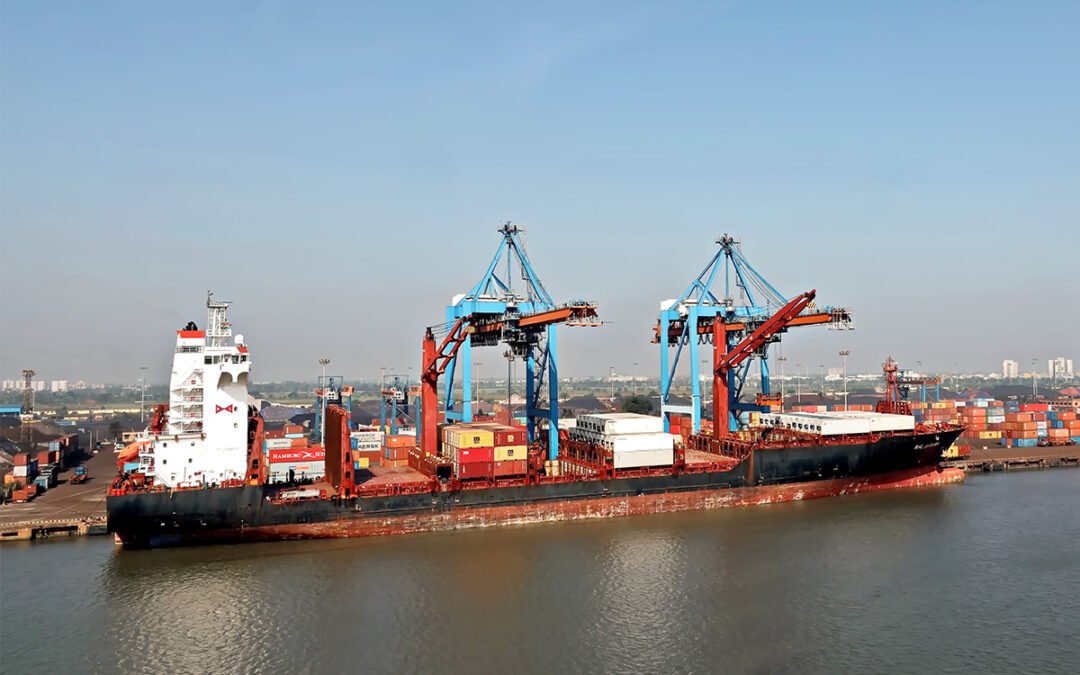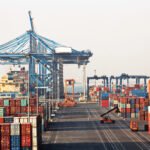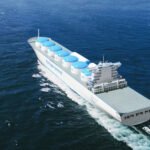Shyama Prasad Mookerjee Port (SMP, also known as Kolkata Port), is going to select the “landlord model,” in which case its entire cargo operation will be managed in a Public-private partnership (PPP) manner. 15% of the cargo business has already been transferred by SMP or Kol Port to private players, which increased profits. In the future, the port authority would handle only maritime activities. During the previous fiscal year, SMP experienced its greatest-ever cargo handling and profit.

During the previous fiscal year, SMP experienced its greatest-ever cargo handling and profit
According to Shyama Prasad Mookerjee Port Chairman, from the current 10-15%, nearly 80% of cargo activities at the port will be managed through public-private partnerships by 2030. Except for maritime operations over time, it eventually wants to aim for 100%. One-third of the revenue generated by maritime activities comes from cargo, with the remaining one-third coming from lease and port fees. The port receives about one-third of its income from operators, according to Shyama Prasad Mookerjee, chairman of the port and proponent of the public-private partnership model.
In addition, it will resemble a build-operate-own-and-transfer model. In the public-private partnership model, operators will manage cargo for thirty years before being returned to the port and new operators selected. Additionally, he claimed that in the most recent fiscal year, the port had its greatest financial results ever. (2022-23). From Rs 120 cr in 2021–22, the earnings rose to Rs 304.7 cr in 2022–23. The balance account was negative before 2018. The net profit has since increased three times.

The balance account was negative before 2018. The net profit has since increased three times
In terms of managing cargo traffic, the port managed a record-breaking 65.6 MT (Million Tonne) of cargo. The highest amount of cargo processing in history increased by 7.5MT. When compared to Kolkata, the Haldia dock system was able to accommodate 48 million tonnes. The director of Kol Port credited the increase in cargo to the transhipment facility at Sandhead, as well as the increase in cargo traffic.
Sandhead provided 4 million tonnes of this 7.5 million tonne increase. From 7.6 million tonnes to 11 million tonnes, the cargo of coking coal has increased considerably. Additionally, through Sittwe Port in Myanmar, it is building connectivity to the northeast.



















